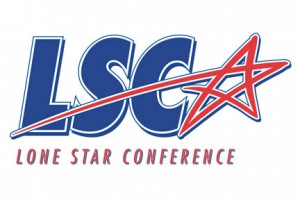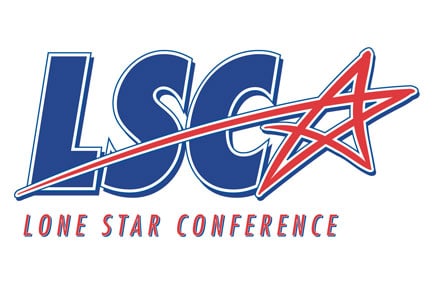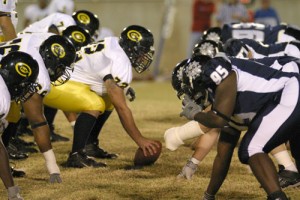Part 1 – Realignment fever
The Oklahoma sports landscape has seen changes over the years.
Some have been big, many small.
Included among those fairly recent was the Big Eight expansion, taking four of the Southwest Conference teams and making Oklahoma and Texas conference rivals.
Oklahoma City went from being an NAIA team to an NCAA Division I school. And then back again to the NAIA.
Oral Roberts took that course in reverse and in a much shorter span – to NAIA in 1989 and back to the NCAA in 1991.
Although the Aggies won the national championship in football in 1987, Cameron shut down the program in 1992.
The first migration from the NAIA to the NCAA Division II during the late ‘80s through the mid-‘90s involving the state’s regional schools, who left behind the old Oklahoma Intercollegiate Conference.
The second migration to D-II is taking place right now.
But possibly the shift in the college athletics landscape in Oklahoma that had the biggest impact throughout the state took place in the summer of 2010, with the move of five schools out of the Lone Star Conference.
That summer, the University of Central Oklahoma, East Central University, Northeastern State University, Southeastern Oklahoma State University and Southwestern Oklahoma State University informed the Lone Star Conference that they would be vacating their conference memberships.
It wasn’t a concerted effort from the five schools collectively. They weren’t all going the same direction.
But they were all going.
And with those decisions to leave for different destinations, things that were taken for granted for many years as annual events became historical events.
Competitions on the football fields that had been among the longest running in Oklahoma were brought to a halt.
The intensity level seen on the basketball courts from both men and women among these schools was set aside for greener pastures.
And that summer, a prestigious and historic conference that had moved to D-II in the early ‘80s and had grown to a membership of 16, was quickly down to just 11, and of that number only nine with football programs.
It was a time in which conference realignment was the talk of college sports throughout the country, but almost exclusively in Division I. For months prior to summer 2010, there had been talk of defections from the Big 12, which would have a major effect on Oklahoma and Oklahoma State. In June, that talk became reality.
Colorado went first, announcing on June 10, 2010, it was headed for the Pac-10 (now Pac-12). The next day, Nebraska bolted as well and moved its affiliation to the Big 10. The next year – Missouri and Texas A&M were out also, somewhat quickly replaced by Texas Christian and West Virginia
Those first two moves, though, set in motion a chain of events that is still being sorted out nationally and even in the summer of 2015, there is talk of more changes to the Big 12 to bring its membership back to 12.
But under the national radar, realignment was about to hit even closer to home in the Sooner State.
The week after the announcements by Colorado and Nebraska, on June 17, 2010, it was reported by numerous outlets¹ that East Central, Southeastern and Southwestern might be leaving the Lone Star Conference. On June 18, reports² leaked of a possible move by Central and Northeastern State, too. Now the clock was ticking on the D-II league that had the largest presence in Oklahoma.
Those five schools made up not only a third of the Lone Star membership before the inclusion of Incarnate Word, but also the bulk of its north division. That divisional separation helped with competition and scheduling among so many schools and also with travel expenses. The state of Texas alone casts a big footprint for travel. And now it looked as if the north division itself would be gone.
By the end of that week, it became more real as UCO and NSU submitted letters of interest to apply to the Mid-America Intercollegiate Athletic Association (MIAA). And the MIAA let it be known the next week that it was interested in expansion.
On July 12, there was no more need for speculation. ECU, SOSU and SWOSU announced their intention to leave the Lone Star Conference². The next day, those three schools, along with six schools from Arkansas that were making a similar move from the Gulf South Conference, announced that they would be applying to the NCAA to form a new conference.
The wait was not long for UCO and NSU, as each applied to join the MIAA later that week.
By the end of the month, that application was accepted and on July 30, UCO and NSU announced they would be departing the Lone Star as well.
Five schools from Oklahoma that had been competing with one another with consistency for decades were now headed down two different paths.
The Lone Star Conference, historically a premier conference, had been dealt a blow by its northernmost members who had been a part of the league for 15 years or more.
What ensued was a time of challenge and uncertainty. Five years later, many challenges have been answered and uncertainty has become security.
But how did this journey these five schools have taken come about in the first place? How were the decisions reached and why? What were the long-reaching repercissions of these choices that affected many other programs as well? Where are these programs now?
In other words, whatever happened to the Lone Star North?
[To be continued]
Part 2 – Divisional differences
Part 3 – Starting a conference from scratch
Part 4 – Two-year transition
Part 5 – The “other” Oklahoma school
Part 6 – Meanwhile, back at the ranch
Part 7 – Ripple effect
Part 8 – The perspective of time
¹Including NewsOK.com
²Reported by NewsOK.com



